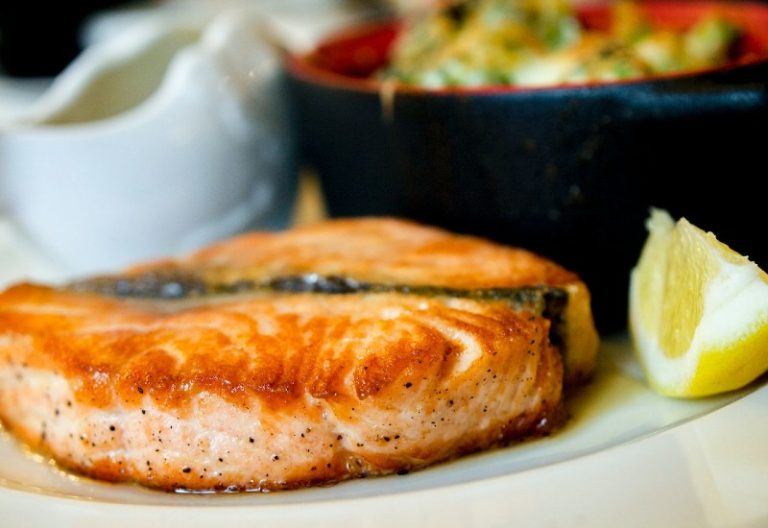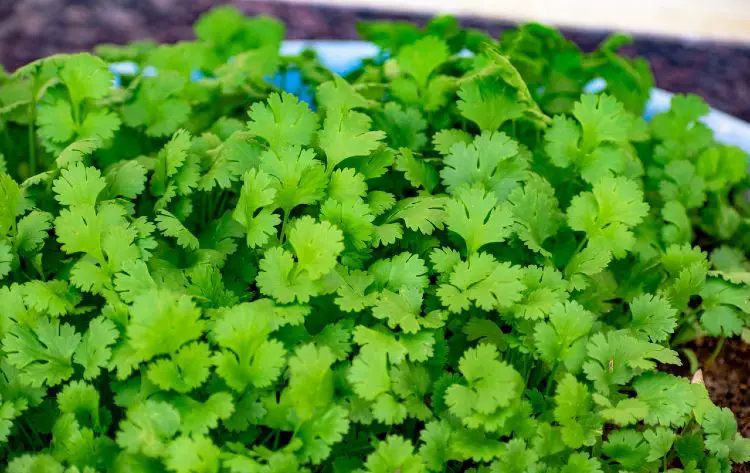Learning to work in a Victorian Kitchen at Powderham Castle
Powderham Castle is the home of the Earl and Countess of Devon, and has been in the Courtenay family for over 600 years. During the Victorian period the Castle was remodelled by the Exeter born architect Charles Fowler. William, the 10thEarl of Devon, admired the Victorian Gothic style so much that a large portion of the Castle was redesigned and additions were made. Today this is reflected in the solid, practical and ornate architecture most visible at the Castle and changes such as the castellation of the skyline and addition of the dining room.
At Powderham Castle we run The Victorian Era Learning Programme. Children take the role of Victorian school children that have been invited to the Castle to undertake work experience with a view to possible employment ‘in service’ on leaving school. They meet key characters in service at the castle, hear about their life and try some of the work for themselves.
The servants’ areas were also added or remodelled and this learning programme looks at the differences in lifestyle between the 10thEarl and his household staff. The kitchens and servants’ hall have been restored to their former glory in order to provide an authentic learning environment for all. The Heritage Lottery Fund has supported this programme with grant funding.
The architect Charles Fowler carried out the first detailed study of the kitchens at Powderham Castle in 1835. It appears major works on the kitchen commenced in 1836-1837: these probably included the rebuilding of the great arched fireplace, and stripping out all the old stoves and ranges. The scullery was completely renewed. By 1837-1838 work was so advanced that the rooms could be fitted out. In the kitchen, the existing central table, western dresser and cupboards for the cook were being constructed and a dresser, lead-lined sink and wall shelves made for the scullery. By 1839 all these features had been fixed in place with a new chopping block, which is still there.
In 1892 the major improvement was the replacement of the 1830’s range with a new one manufactured by George Wright & Sons of 113 Queen St London EC. and it was delivered by rail.
We encourage all the children and teachers to dress up in Victorian costume and think about why they may like to work as a servant at the Castle. Back at School they might like to think about the jobs their parents do today, if the job existed in the Victorian period and how it may have changed.
Children have the opportunity of working with the cook, and learning all about farming, the seasons, deliveries, raw ingredients and menus. There is always a cookery demonstration and Welsh cakes are made for everyone, using Victorian kitchen implements. Pupils also help to clean the kitchen, polish copper and accompany the Housekeeper on her daily inspection of the Castle. The children and all the staff eat lunch together in the Servants’ Hall.
The main purpose of the servants’ hall was to provide a communal dining room for the servants and an area where they could wait until summoned by bells in the corridor outside. Tradesmen would also wait here to see the Steward, Butler or the House Keeper
This is what the average day would have looked like below stairs during the Victorian era:
6.30 am – The junior household staff get up, the youngest boy carries kindling, coal and logs to all the fireplaces to be used that day, including the Servants’ Hall. The scullery maid lights the kitchen fire, sweeps and dusts the cook’s sitting room
7.00 am – The scullery maid makes tea, gives the cook his or her early morning call and makes toast for the servants. The kitchen maid cooks the servants’ breakfast of porridge, bacon, tomatoes, friend bread and kedgeree.
7.30 am – The youngest boy lays the tables in the servants’ hall and all the under-staff assemble for breakfast. Male and female staff have separate seating areas, the men being supervised by the butler and the female staff by the Housekeeper.
8.00 am – After breakfast the kitchen maid prepares the servants’ lunch – something like steak and kidney pie, Irish stew, liver and onions or beef casserole and dumplings. This was followed by pudding – hot in the winter and cold in the summer – stewed fruit, rice pudding etc. She would also make cake for the servants’ tea.
12.00 pm – Servants’ lunch. The senior servants eat in the Housekeepers’ room.
4.30 pm – Servants’ tea and cakes.
7.00 pm – Servants’ supper – cold meat and pickles or fried-up vegetables and left-overs from lunch
At Powderham Castle we have some very interesting records which show the biographies of some of the servants. In 1883 a cook by the name of Mrs. Louisa Copp worked for the the 13th Earl Henry Hugh Courtenay.
Biography of the Cook
Name: Mrs Louisa Copp
Position: Cook
Born: 1851 in Broad Clyst, current age 42
Siblings: Six siblings, 3 brothers and 3 sisters
Religion: Church of England – a regular church goer
Schooling: Basic schooling until 12 years of age
Marital status: Married
Work experience:
1865 – 1868 Scullery Maid from age 14 to 17
1868 – 1870 Kitchen maid aged 17
1870 – 1880 Raising her 2 children, Tom and Flora
1880 – 1891 Kitchen maid
1891 – 1893 Cook*
*Her Aunt Amelia Babbage was the cook for the 12th Earl. She retired in 1891 aged 52 and Louisa took over the position, for the new Earl.
Other Kitchen staff:
- Kitchen maid called Emma Carnall, aged 20 and from Broadwood Kelly, Devon. Earnings £12 per annum
- Scullery maid called Lucy Lauracraft, aged 16 from Powderham. Earnings £10 per annum.
Background
Louisas’ Aunt Amelia was a big influence on her life: she had worked for her since 1868. Aunt Amelia was not well educated, but was very practical, a good teacher and taught Louisa everything she knew about meal planning, reading recipes, budgeting and ordering supplies. Louisa in turn taught her husband to read over a number of years, which enabled him to be recently promoted to Head Gardener. She married Thomas when he was an under-gardener and she was a kitchen maid. He delivered the vegetables to the kitchen every day and soon a romance blossomed.They live in an estate cottage and have 2 children. A boy called Tom was born in 1870, is now 23 and following his father’s footsteps into gardening on the Estate. He is newly married. A daughter, Flora, was born in 1872, is now 21 and she is a lady’s maid on the neighbouring Fulford estate and single. Louisa has a stillborn baby in 1871.
As Cook, Louisa has a private room in the Servants’ area, where she escapes to rest, do paperwork and see her cats. The cats are called Vicky and Bertie, named after Queen Victoria and her husband Prince Albert, and they are essential for keeping the vermin down in numbers in the yard.
Louisa is not keen on fancy and fashionable French food and prefers to cook English food. She lets everyone know this. She teases the Head Housekeeper about her passion for everything French. They are not the greatest friends, as they have little in common but they do have mutual respect for each other and work well as a team.
Louisa’s staff, Emily and Laura, causes her constant headaches. In her view the young men on the Estate prey them upon, which is a distraction. They are rather giggly, talk too much and sometime they are even silly. They are keen to remind her that she must have been like this once, when Thomas was wooing her. She is both fiercely protective and very fond of them, despite their ‘weaknesses’!
Louisa is very robust, a picture of health and much loved by the Earl’s family. She does not really have time for any hobbies; her family and Powderham village life (including the Church) keep her busy. She is not at all curious about seeing the world and is passionate about Devon. She would like to be a Granny soon.
Louisa is very content with her life; she has achieved what she set out to do both at home and work. She has ensured that her children had a better education than her. Louisa earns a very respectable £20 per annum.
Contact Details
To find out more about The Victorian Era Learning Programme, or any of the events at Powderham Castle, please visit our website.
Powderham Castle: www.powderham.co.uk
Follow the team on Twitter: @powderhamcastle

